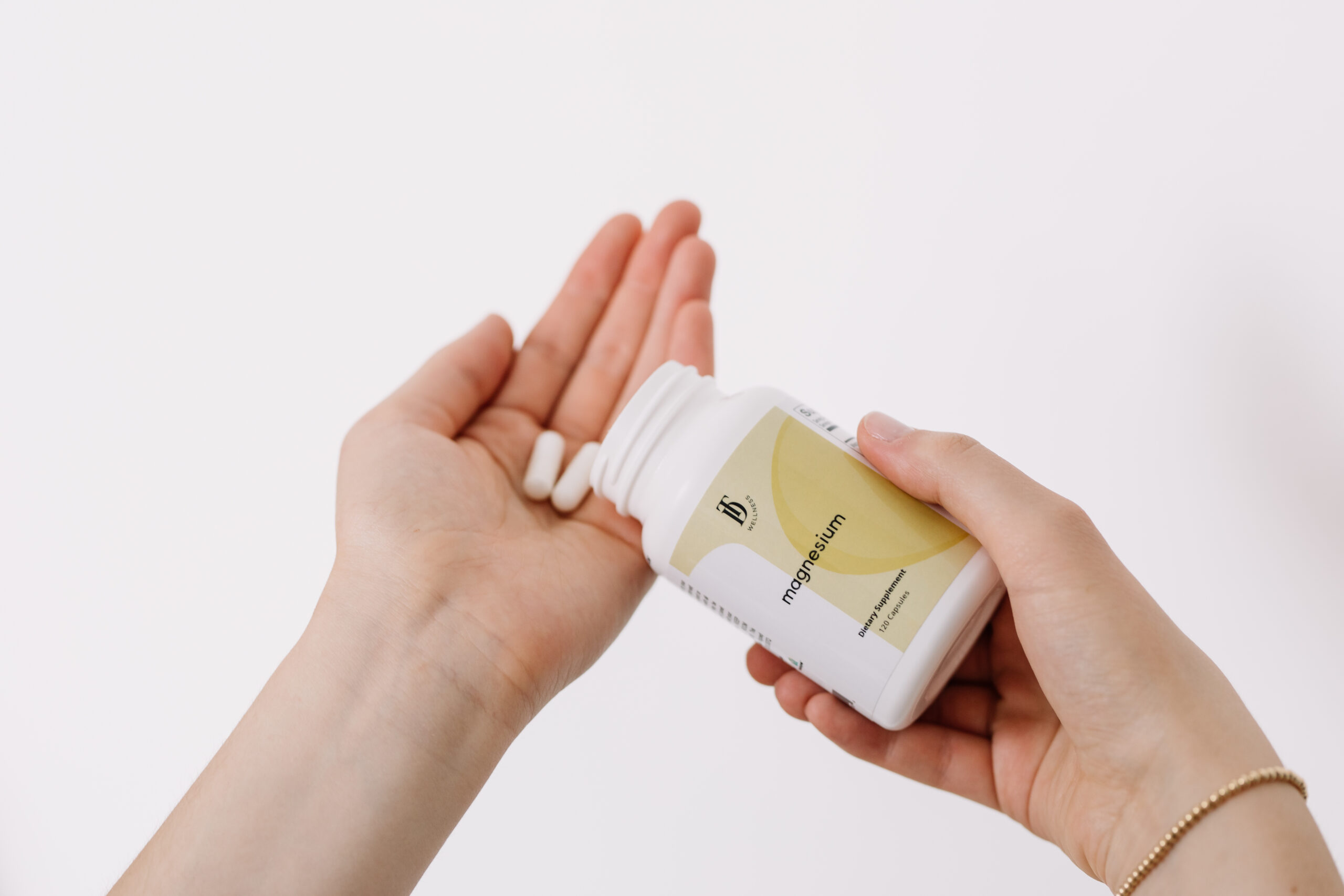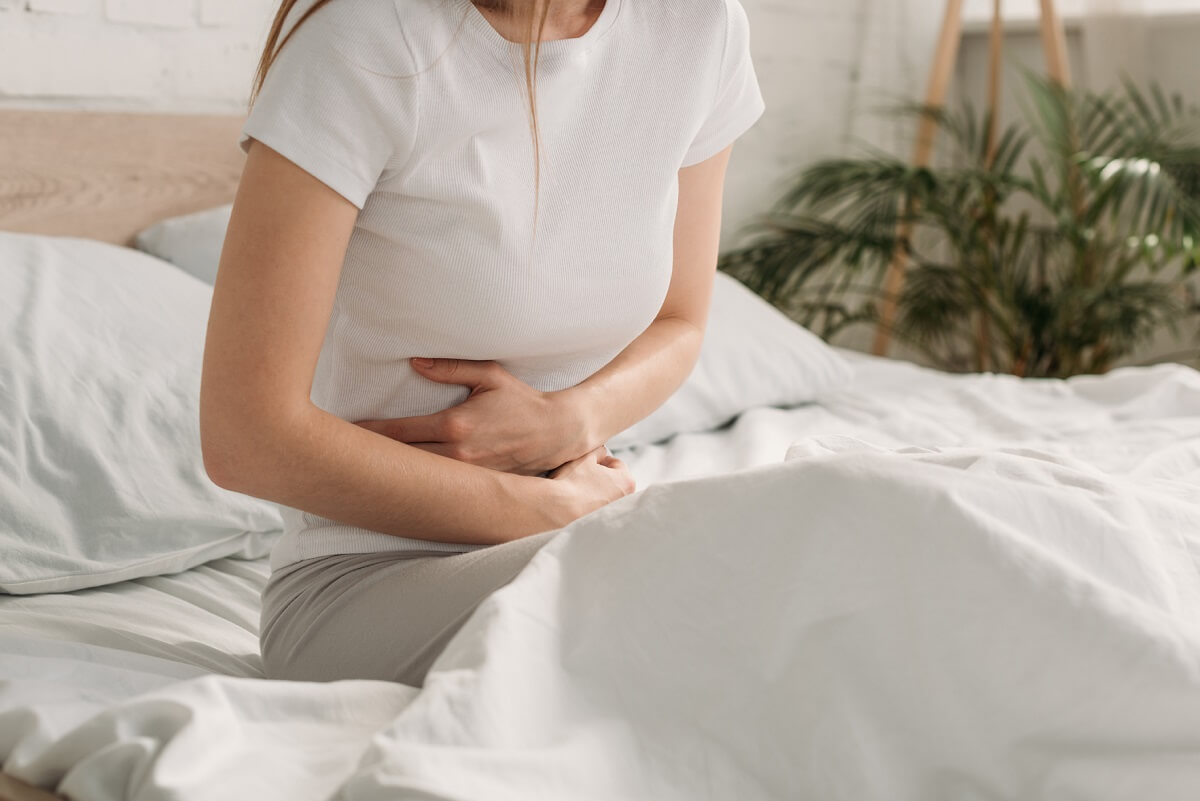Mold 101

All About Mold, Spores, and Mycotoxins:
Molds are fungi present in indoor and outdoor environments. Molds need moisture to survive, and they reproduce by making mold spores.
Mold spores are resilient and can survive under conditions in which mold cannot (ex: dry environments). Floating through indoor and outdoor air, when these spores land on a surface and come in contact with moisture, mold can start to grow.
Mycotoxins are the toxic chemicals present in spores and small fragments of mold and fungus that are released into the air. Mold is territorial- it produces toxins aka mycotoxins as a survival mechanism.
Mycotoxins in the Body:
Mycotoxins can be inhaled, absorbed through the skin, or consumed through the digestion of mold-contaminated foods.
Mold that has colonized the body – specifically the gut and sinus cavity – can produce mycotoxins internally as well. Exposure to mold and mycotoxins can be short and severe, or it can be an accumulation of smaller exposures over a longer time period.
Genetics can play a large role in whether or not you may be affected long-term after exposure to mold, mold spores, and mycotoxins. About 75% of the population has an immune system that can get rid of mold toxins when exposure occurs. The other ~25% of the population cannot rid of the mold from their body.
Mold exposure that cannot be removed from the body causes Chronic Inflammatory Response Syndrome (CIRS). The body maintains activation of the immune system as mycotoxins continuously circulate, leading to chronic inflammation.
Think about when you cut your finger. Your immune system sounds the fire alarm. The appropriate “fighters” show up and your fingers heal within days. With CIRS, the fire alarm is constantly going off and no one is showing up, even if you aren’t currently being exposed to mold.
The most common symptoms of mycotoxin toxicity include:
-
Chronic Fatigue
-
Fibromyalgia-like pain
-
Weight Gain/Weight Loss Resistance
-
Brain Fog
-
Musculoskeletal Pain
-
Memory Problems
-
Hormone Imbalances
-
Sleep Disturbances
-
“Ice pick” pain
-
Excessive Thirst
-
Abdominal pain, nausea, diarrhea
-
Night Sweats, Temperature Dysregulation
-
Numbness and Tingling
-
Headaches/Migraines
-
Vertigo
-
Static Shocks
-
Tremors
-
Persistent Nerve Pain
-
Sinus problems, Asthma, shortness of breath
-
Metallic Taste
-
Light Sensitivity, red eyes, blurred vision
-
Mood Swings
-
Confusion
Non-specific symptoms of mold or mycotoxin toxicity include:
-
General: fatigue, irritability, frustration, short fuse, insomnia, night sweats, sugar cravings, poor depth perception, weight gain without dietary changes, weight loss due to malabsorption, muscle twitches, nose bleeds, hair loss
-
Neurologic: neuropathy, weakness, pain, transient numbness, dizziness, vertigo, brain fog, memory loss, decreased computational skills, lower executive function, ADHD, ADD, tremors, headaches, autonomic dysfunction
-
Psychiatric: depression, anxiety, OCD
-
Musculoskeletal: muscle pain, joint pain, fasciculations, muscle cramps
-
Immune: itching, hives, rash, eczema, allergies, sinus congestion, asthma, chronic cough, autoimmune disorders, Raynaud’s, recurrent yeast and sinus infections, cancer
-
GI: heartburn, nausea, abdominal pain, abdominal bloating, food sensitivities, IBD, IBS
-
Urinary: intermittent urgency, incontinence
-
Hormonal: thirst, dehydration, low testosterone, thyroid imbalances-autoimmunity, extreme menopausal issues, adrenal fatigue
-
Recurrent or chronic fungal infections: vaginitis, prostatitis, sinusitis, skin fungal infections, oral, GI, urinary tract, lung.
Testing for mold/mycotoxin toxicity:
Fortunately, it is very possible to find out whether or not mold toxicity is at the root of some of your unwanted health symptoms.
The following tests can be used to assess mold toxicity in the body:
-
Visual Contrast Sensitivity Test (www.vcstest.com)
-
ERMI test or air filter test
-
Urinary Mycotoxin Testing (like Vibrant America Labs and Real Time Laboratories Inc.)
-
If a patient has significant neurological symptoms, a provider might order: MOCA -Baseline cognitive assessment tool
-
NeuroQuant MRI
Sources of mold toxicity:
Since the majority of mycotoxin exposure comes from water-damaged buildings, the most important and first step in treating mold-related illness is ensuring you are in a mold-safe home through home environment assessment and testing.
It only takes seconds of moisture or high levels of humidity for mold to form. Buildings can become water-damaged through things like construction defects, inadequate caulking, and uncorrected water leaks. When this happens, growth of an entire ecosystem including fungi, bacteria, mycobacteria, and actinomycetes can form.
OSHA explains that common sources of mold can include: “…plumbing, roof, and window leaks; flooding; condensation on cold surfaces (e.g., pipe sweating); poorly maintained drain pans; and wet foundations due to landscaping or gutters that direct water into or under the building.”
“Water vapor from unvented or poorly vented kitchens, showers, combustion appliances, or steam pipes can also create conditions that promote mold growth,” states OSHA.
You want to have a qualified Indoor Environmental Professional expert assess your home if you know there are past or current water damage or any known or suspected mold issues. For more info on indoor mold inspection, read THIS ARTICLE.
You can also use an Environmental Relative Moldiness Index test if there has been no known water damage previously. For more info, READ THIS.
Preparing the body for mold detox:
The next step after assessing your environment and testing to confirm the presence of mold/mycotoxins in the body is to prepare the body for detoxification. Here’s how:
-
open up detox pathways by supporting the body’s detoxification organs- liver, gallbladder, kidney, colon, lymph, lungs, and skin- through supplementation and lifestyle support
-
support bile flow to help excrete the mycotoxins stored in bile after being processed by the liver
-
treat any gut imbalances such as dysbiosis, constipation, leaky gut, etc.
-
support any nutrient imbalances
-
increase foods that support detoxification and lower inflammation
-
stabilize cell membranes
-
regulate the nervous system and address any limbic system instability
Removing mycotoxins from the body:
After preparing the body for detoxification, you want to remove the mycotoxins through:
-
the use of multiple binders to pull mycotoxins from the body. Sometimes providers will use the prescription Cholystyramine (CSM).
-
the use of biofilm disruptors, antifungals, and/or herbs to treat any mycotoxin colonization in the sinus cavities and/or gut.
Favorite supplements to support mold detoxification:
-
Binder: TDW Bind
-
Liver sauce and glutathione by Quicksilver
-
Klaire Labs Interfase
-
Pure Encapsulations NAC and Caprylic Acid
-
Orthomolecular Candicid Forte
-
Detox Formula by Vital Nutrients
*Note that many of the above supplements and more can be found via my Fullscript dispensary.
It is important to continue to have daily bowel movements, stay hydrated, sweat, sleep, exercise, and reduce stress during mold detox as well. Since treating mold illness is complex and personalized, it is important to work with a practitioner who has experience with treating mycotoxin illness.
Favorite practices to support mold detoxification:
-
Sauna (I have + love the Sunlighten sauna both at my home and at my wellness practice! Use code TAYLORDUKES. For a more affordable option, I also love my sauna blanket from HigherDose).
-
Dry brushing (Primally Pure makes an excellent facial and body dry brush! Use code TAYLORDUKES for discount)
-
Hydration with minerals (I love Quinton {found via my Fullscript dispensary} and LMNT)
-
Detox baths (using magnesium flakes or TDW Ultimate Detox Bath)
-
Gentle movement and sweating
-
7-9 hours of sleep
-
Whole foods, non-processed diet. Cut sugars, gluten, and dairy.
-
Use high-quality air filters in your home
-
Rebounding and lymphatic massage
More resources on mold/mycotoxins:
Stay Updated With Exciting News at Taylor Dukes Wellness!
We are always working on new ways to serve you on your health journey. Be the first to know about new offerings, health articles, and more by clicking here and filling out your information so we can be in touch.
Share This Post:
Your Wellness Deep Dive
- Be the first to learn about new healthy living resources, blog posts, and exclusive TDW offerings by getting on my insider list.
- Find healthy living products with ingredients you can trust – the same ones I personally use for myself and my family – in the TDW Shop. Check out our protein powders, electrolytes, supplements, and more!
- Get personalized support through the TDW Community. When you become a member, you get access to functional medicine expertise from me and my team, functional medicine lab testing and 1:1 consults, a digital library of exclusive wellness content, live monthly Q&As with me, and so much more!
YOU MAY ALSO LIKE:
Helping you get your gut right, improve energy, boost immunity, balance hormones, sleep better and look + feel your best
DISCLAIMER
PRIVACY POLICY
TERMS + CONDITIONS
ACCESSIBILITY
© 2025 Taylor Dukes Wellness
LEARN
SHOP
ABOUT
TDW Community
Free Guides
Blog
TDW Store
Fullscript
About Taylor
Press
Contact
COOKIE POLICY
SITE CREDIT
Trusted Products



